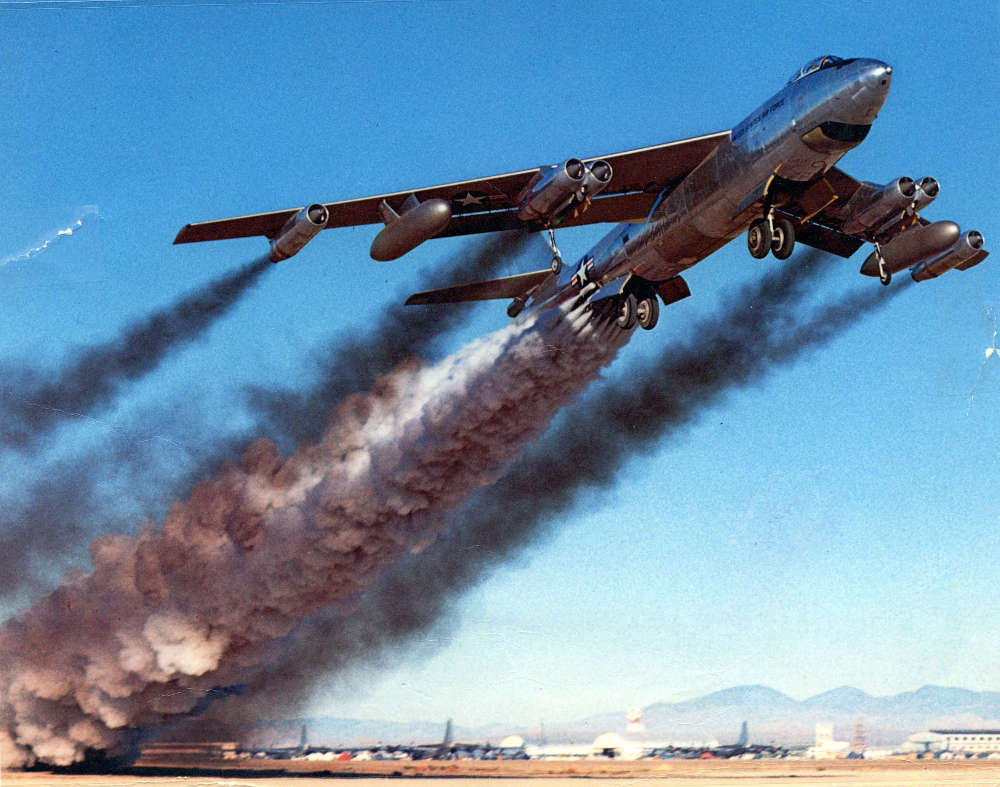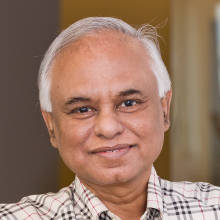Do you want me to share with you the simple rules that can guide you to take decisions to build a valuable business?
"Go on," I hear you say.
First, let me give the floor to the experts.
In an article in Harvard Business Review, Michael E Rayon and Mumtaz Ahmed laid out the three rules for achieving enduring success, based on their study of 25,453 companies over 44 years. These rules are applicable across industries because they are distilled from analysing a wide cross-section of companies hailing from diverse backgrounds.
All these companies consistently pursued seemingly elementary rules.
Watch a video of this episode or continue reading
Episode 3: New rules of business
Rule #1: Better before cheaper - in other words, compete on differentiation instead of price.
Rule #2: Revenue before cost - that is, prioritize increasing revenue over reducing cost.
Rule #3: There are no other rules, so change anything you must to follow rule 1 and 2.
The rules neither dictate specific behaviour nor are they general strategies. They are fundamental concepts on which companies build greatness over many years.
Has any company of recent vintage, which we love and admire, embraced these rules?
Take Singapore Airlines (SIA), which in the eyes of many is a truly great company. It has embraced all the three rules.
Let me share some of the practices adopted by SIA.
-
New aircraft for better flying experience:
SIA invests heavily into buying new aircraft. Its fleet, in 2009, on an average were 74 months old, compared with the industry average of 160 months. New aircraft, which come with state-of-the-art technology and fittings, provide customers with a better on-board experience compared with other airlines that fly older and dated aircraft.
-
Training and retraining its employees.
SIA invests heavily in training and more importantly, in retraining its employees. The fresh recruits are provided with four months of intensive training, which is twice as long as the industry average of eight weeks. Extensive training ensures that the staff is able to deliver a memorable experience to the guests each time they come in touch with the airline.
-
New aircraft for better flying experience:
SIA invests heavily into buying new aircraft. Its fleet, in 2009, on an average were 74 months old, compared with the industry average of 160 months. New aircraft, which come with state-of-the-art technology and fittings, provide customers with a better on-board experience compared with other airlines that fly older and dated aircraft.
-
Training and retraining its employees.
SIA invests heavily in training and more importantly, in retraining its employees. The fresh recruits are provided with four months of intensive training, which is twice as long as the industry average of eight weeks. Extensive training ensures that the staff is able to deliver a memorable experience to the guests each time they come in touch with the airline.
-
More staff on each flight:
A normal SIA flight has more cabin crew compared with other airlines. This ensures better quality service.
These practices would indicate that SIA is guided by the Rule of 3 while taking business decisions.
No wonder it has earned international acclaim for its service.
Has SIA financially benefitted by embracing these rules?
Indeed, SIA’s financial parameters have become more robust by pursuing the Rule of 3. Here’s how:
-
Depreciation of aircraft:
Depreciation of new aircraft results in tax shield which lowers its taxable income and correspondingly increases its cash profit. Moreover, SIA depreciates these new aircraft over 15 years, not 25 years as is the industry practice, thus further lowering its taxable income.
-
Lower price aircraft:
Remember, SIA invests heavily into buying new aircraft and hence places regular ‘large orders’ for airplanes. It pays for these acquisitions in cash and therefore, it is able to negotiate a better deal from the aircraft manufacturer, which results in cost saving.
-
Repair and maintenance cost:
Since its aircraft are new, the repair and maintenance bills for 2008 was 4 percent compared with other airlines where it ranges from 4.8 percent to 5.9 percent. Lower repair and maintenance cost translates into cascading benefit and fattening of the bottom line.
-
More time in the air:
Because the aircraft are new, they spend more time in the air—13 hours as against the industry average of 11.3 hours. Remember, an airline makes money when the planes are in the air and not when they are parked on the ground.
-
Fuel cost:
Fuel is a major cost component for an airline. Since SIA’s planes are new, they consume less fuel per air miles flown compared with competitors’ planes which are of an older make and hence, guzzle fuel. Lower fuel consumption means more margins, which in turn results in a healthier bottom line.
-
On time departure and arrival; few disruptions in schedule:
Since the planes are new, the majority of flights take off and land on time. There is a miniscule deviation from schedule—a trait that is eminently desired by frequent flyers who go out of their way to offer their business to SIA.
-
Better guest experience onboard:
New aircraft, on time departure and arrival, few deviations from schedule, better trained airhostesses, more staff per flight—all these act in unison to deliver a memorable and unforgettable experience to each of the guests on board. The next time they have to fly, they naturally choose to give their business to SIA, which results in the airline having a healthy top line and an equally robust bottom line.
If you wish to build a business where customers offer their business to you, then adopt the Rule of 3 and watch your business grow from strength to strength.
[This article is inspired from the findings laid out in an article titled 'Three Rules for Making a Company Truly Great' in Harvard Business Review (April 2013).
SIA content has been taken from 'Singapore Airlines' Balancing Act', Harvard Business Review (July-August 2010).]
(If you have a question, please feel free to write to askrajesh@foundingfuel.com)


Siddharth Mangharam on Apr 06, 2015 11:02 a.m. said
Simple. Brilliant. And deadly effective.